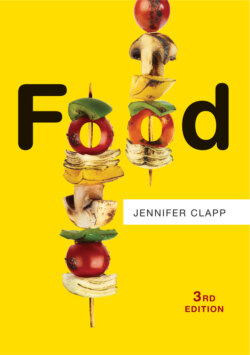Читать книгу Food - Jennifer Clapp - Страница 12
State-led industrial agriculture and international market expansion
ОглавлениеIndustrialized country governments set the stage for the globalization of the world food economy by actively engaging in shaping agricultural development over the past century. Through national agricultural policies that had a global impact, these wealthy states promoted the adoption of an industrial agricultural model and encouraged production with farm subsidies and other forms of support. It was through these policies that rich country governments laid the groundwork for an intensification of international agricultural trade. The widespread adoption of large-scale industrial agricultural production generated food surpluses in a number of industrialized countries, particularly the United States, Canada, and Australia, which by the 1950s had become significant enough that they posed an economic problem due to the high cost of storage. The donation of those surpluses in the form of food aid dominated agricultural trade and aid in the 1950s–1960s, as surplus countries sought to dispose of their unwanted grain in a bid to support their domestic farm sectors and to develop new export markets.
Figure 1.1 Major Forces in the Dominant Food System in the Past Century
By the 1960s, these same rich countries – along with the support and encouragement of private foundations and international development agencies – also sought to export industrial agricultural production methods. The export of the agroindustrial model to developing countries is often referred to as the “Green Revolution.” Intensive agricultural development assistance dominated international aid programs in the 1960s–1970s and promoted the development and dissemination of new seeds and other agricultural inputs necessary for the installation of an industrial agricultural model on a global scale.
The increased dominance and spread of the industrial agricultural production model, and the creation of new patterns of international agricultural trade and development assistance, opened up new arenas of governance in the world food economy. The same actors that were driving these trends – rich country governments, international development agencies, agrifood TNCs, and private foundations – shaped these middle spaces. Despite the crises in the world food economy that emerged in the 1970s – soaring food prices and ecological fallout from the spread of industrial modes of agriculture – this type of farming and participation in global markets have become the dominant norms, especially for international agricultural assistance.
